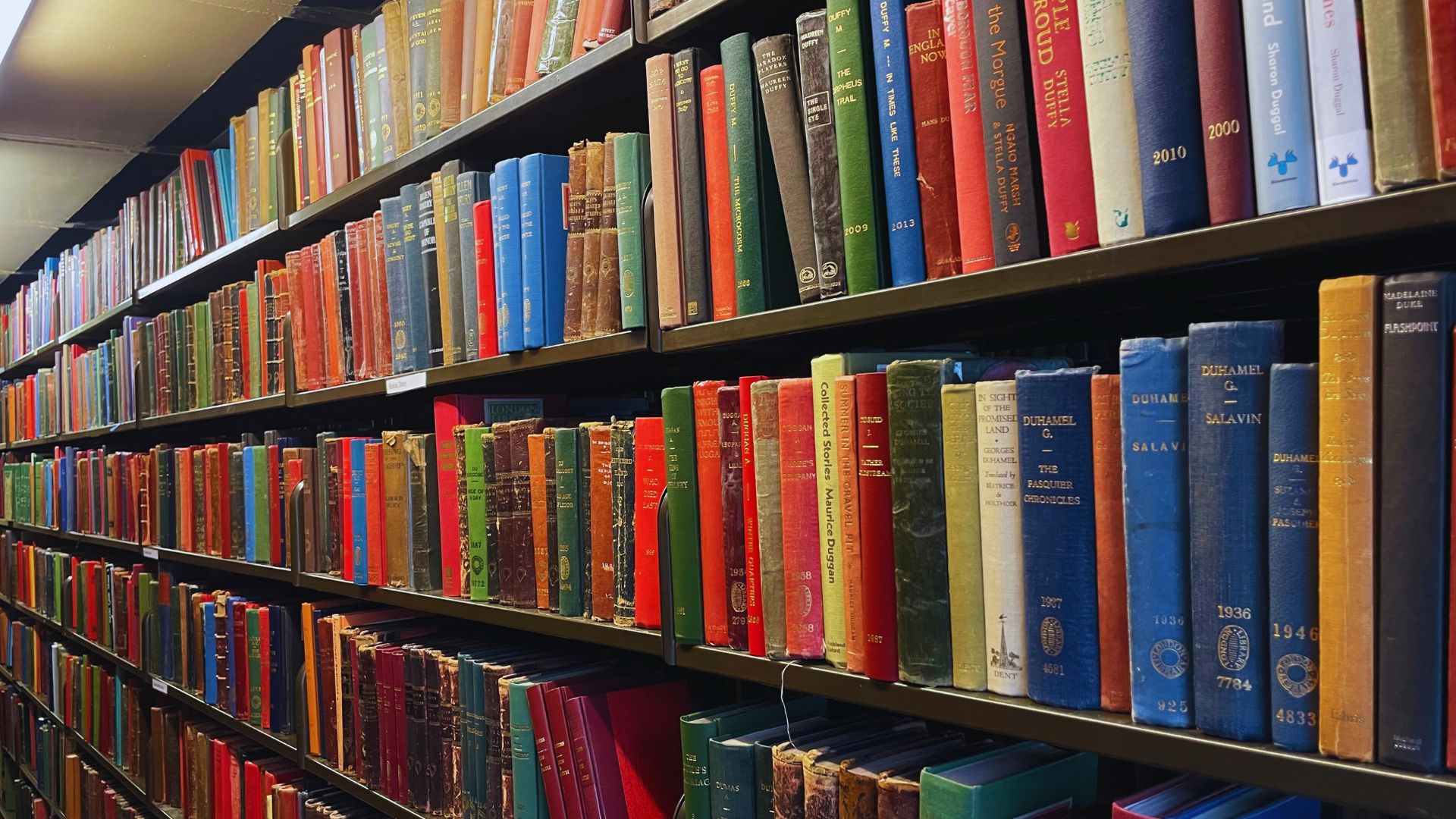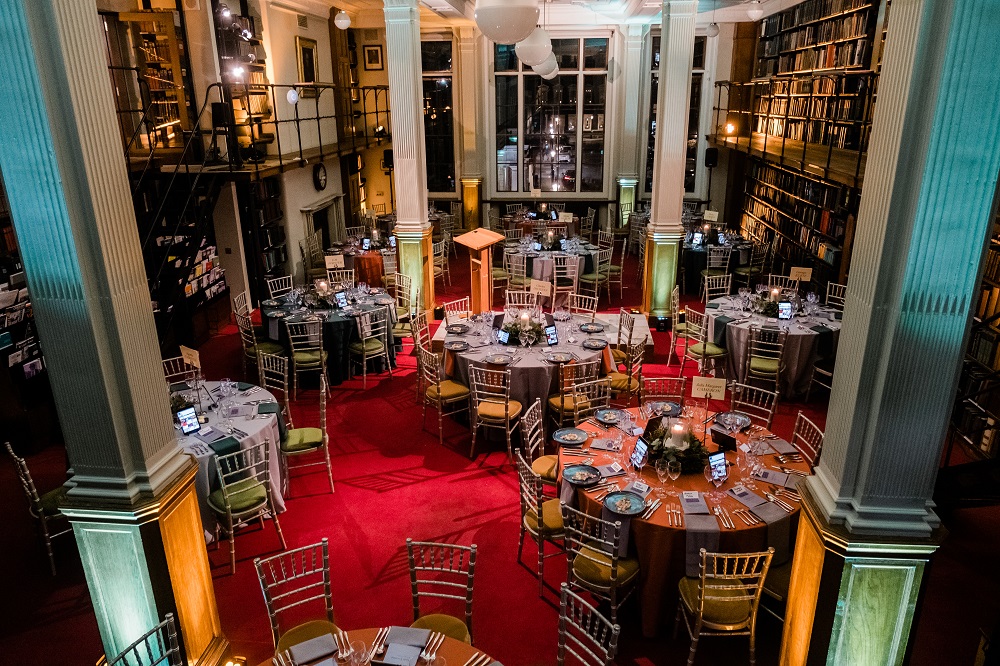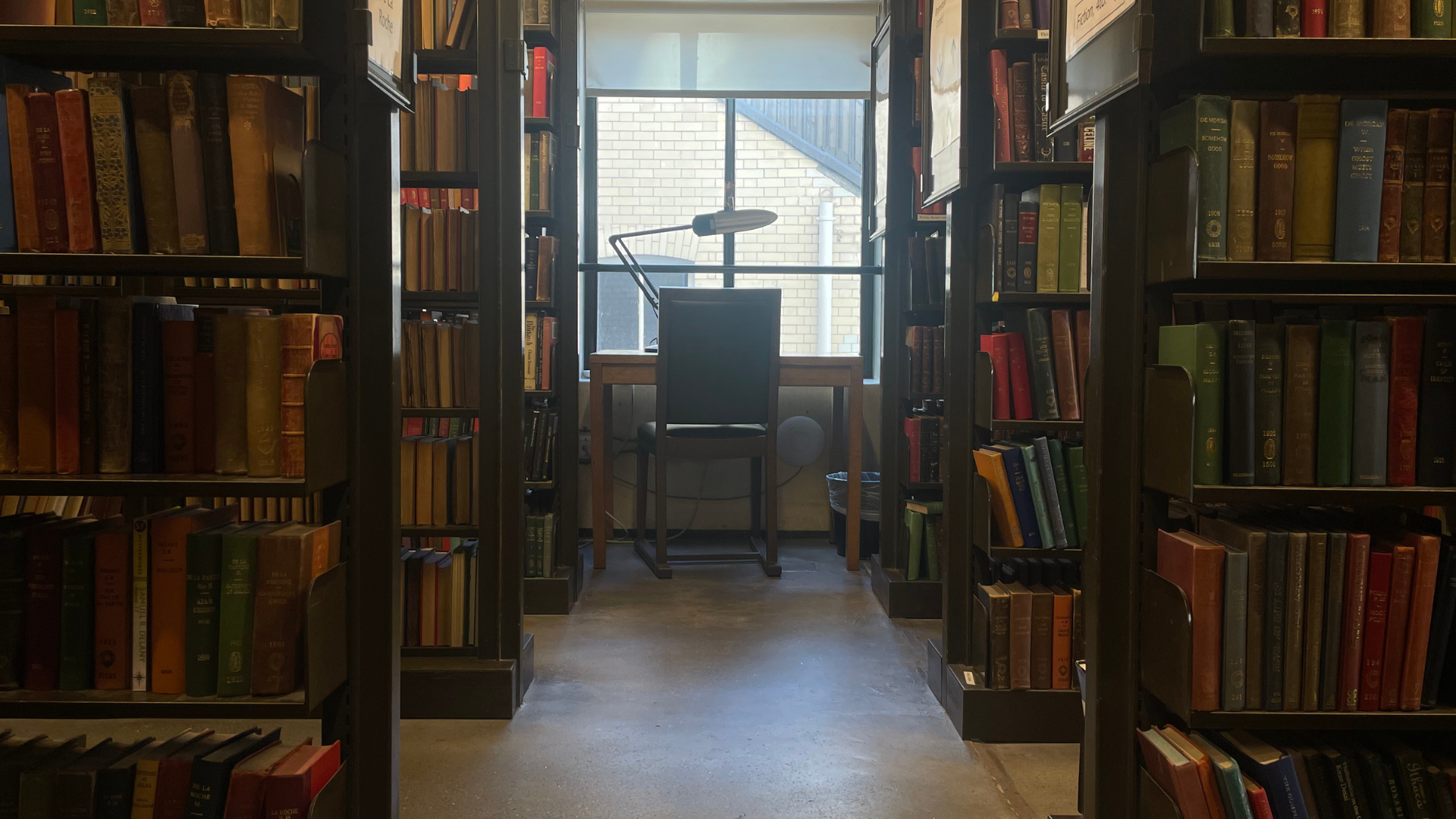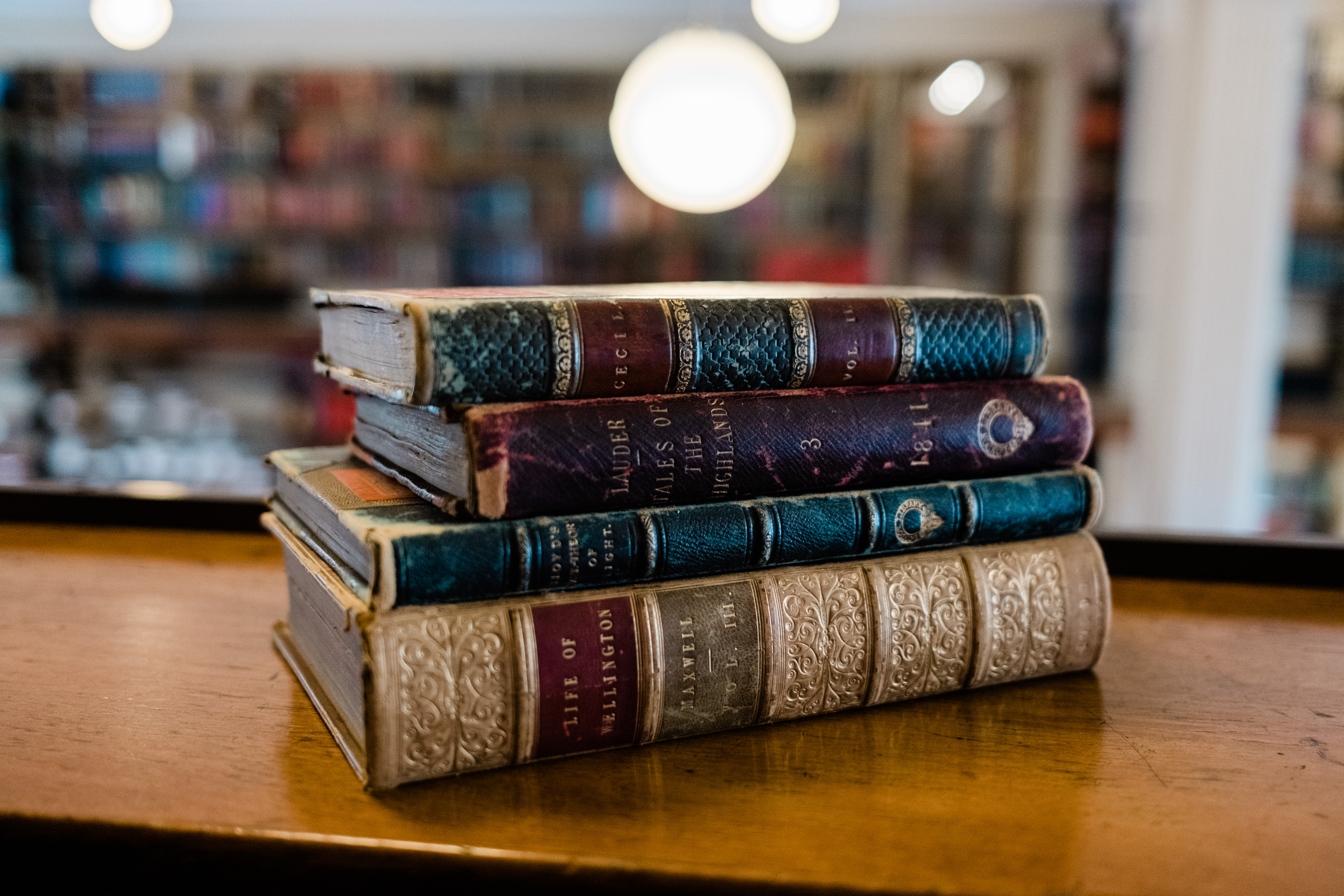The Bard’s Fourth Folio – Shakespeare at 450
Shakespeare, W. Mr William Shakespear’s Comedies, histories & tragedies…Unto which is added, Seven plays, never before printed in folio…1685.
In the week that we celebrate the 450th anniversary of the birth of Shakespeare, we take a glimpse into The London Library’s most precious volumes housed in the Safe and the Library’s Fourth Folio volume of ‘Shakespear’s Plays’ from 1685. This is just one example of our many treasures that remind us of the beauty of the physical book and the symbolic significance of the Folio format in relation to discussions of authorship, cultural prestige and the origins of the literary book trade.
From the earliest days of printing, the folio format (large tall volumes) was reserved for prestigious volumes, works of reference and for the collected writings of important authors. In the 17th century, plays of the English Renaissance theatre were printed as collected editions in folio. However, plays written for the public theatre were generally viewed as trivial works of popular entertainment and not taken seriously as literature, and during Shakespeare’s lifetime stage plays were not considered worthy of being collected into folios, instead printed as quartos. Of the plays now accepted as either wholly or partly by Shakespeare, eighteen have survived only because the First Folio was published. The First Folio of 1623 published 7 years after Shakespeare’s death – Mr. William Shakespeare’s Comedies, Histories & Tragedies – was not only the first collected edition of Shakespeare, it was the first folio book ever published in England that was devoted exclusively to plays. It has been called “incomparably the most important work in the English language.” (Pforzheimer).
The First Folio contains 36 plays, 18 of which were printed for the first time and was compiled by John Heminges and Henry Condell (fellow actors in Shakespeare’s company), and arranged into comedies, histories and tragedies. The Folio is no more a definitive text than the quartos; many of the plays in the folio omit lines that can be found in quarto versions, and include misprints and textual corruption.
The Second Folio appeared in 1632 and The Third Folio was issued in 1663. To the second impression of the Third Folio (1664) seven plays were added, including Pericles, Prince of Tyre and six others not now considered authentically Shakespearean: Locrine, The London Prodigal, The Puritan, Sir John Oldcastle, Thomas Lord Cromwell, and A Yorkshire Tragedy.
The Fourth Folio appeared in 1685. The Library’s copy was bought at a Red Cross sale in 1916 by Philip Arthur Cohen, a Library member, who donated this and many other valuable volumes over the course of many years. Like the Third, it contains 43 plays and served as the base for the series of eighteenth-century editions of Shakespeare’s plays. Nicholas Rowe used the Fourth Folio text as the foundation of his 1709 edition, and subsequent editors—Pope, Theobald, etc.—both adapted and reacted to Rowe’s text in their own editions.
The London Library houses over 700 works by Shakespeare, with volumes on the open shelves for browsing and borrowing dating from 1728. There are more than 4,000 writings about Shakespeare.




















